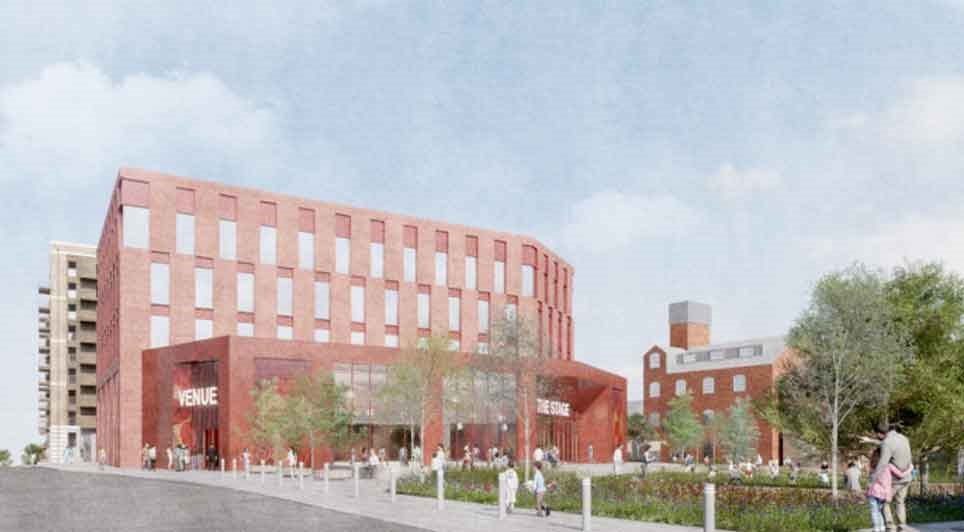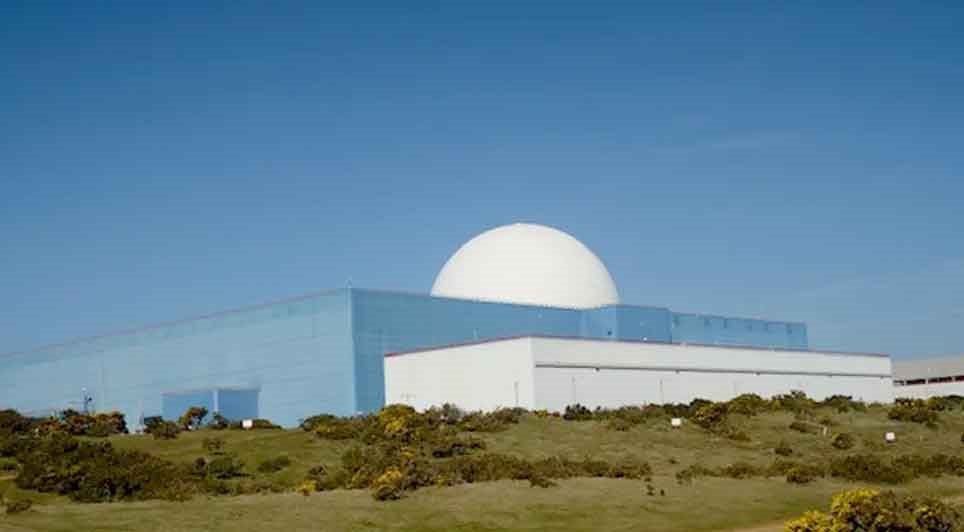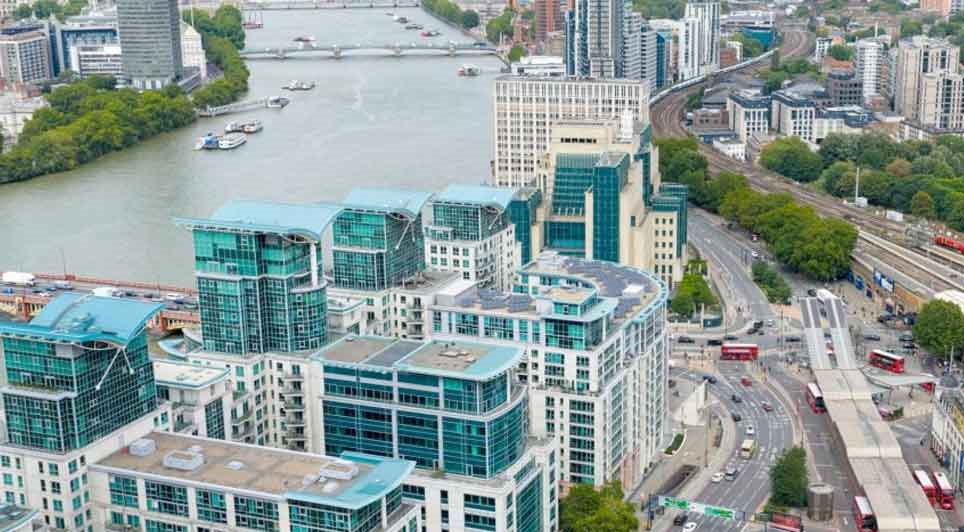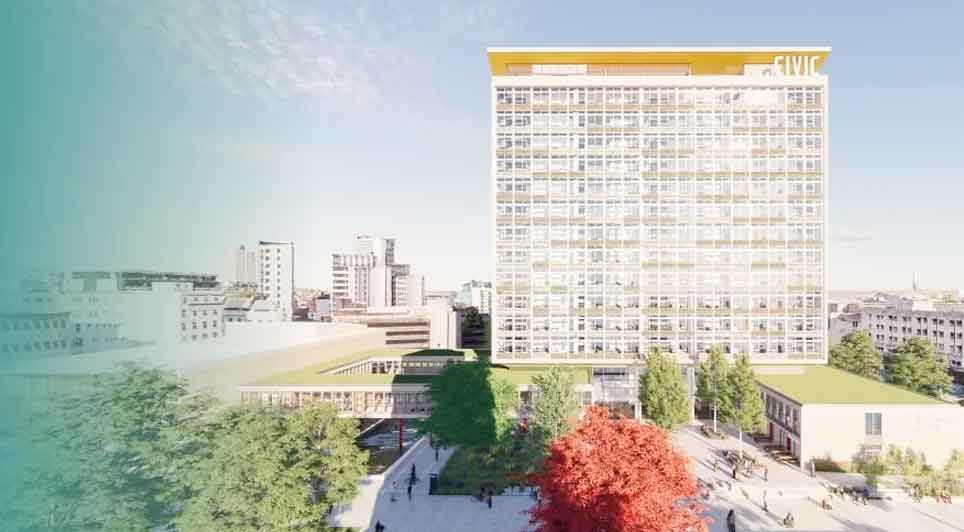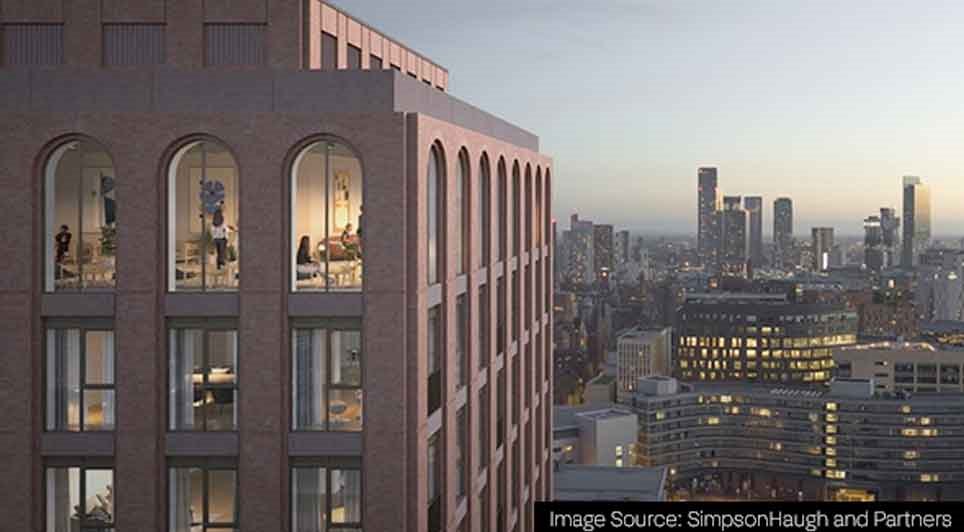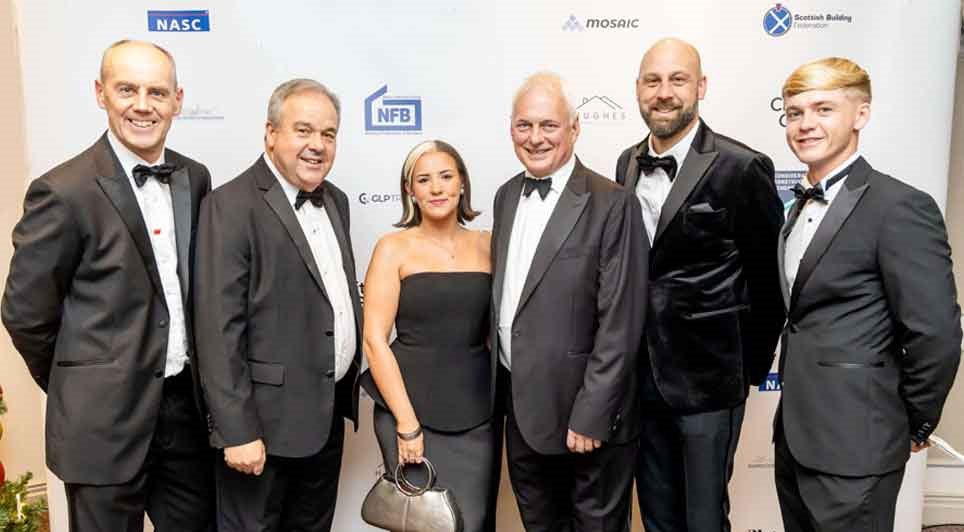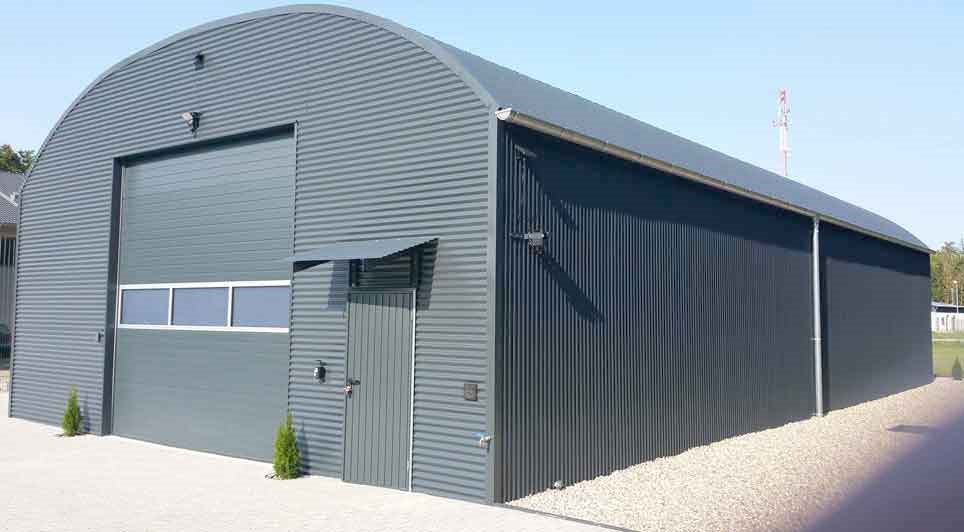News that LED lighting for tennis courts is becoming more and more affordable demonstrates perfectly how the technology could improve sporting events and help address the lighting problem that some may face.
Tennis is naturally one of the most pertinent sports that will be affected by poor light and it is hoped that improved technology could remedy this problem. Poor light is an infamous problem in the tennis world with games being suspended as the sun drops and visibility becomes too scarce. This is problematic to both the players and the supporters for a number of reasons.
Tennis players often rely on momentum to continue exerting themselves at the fullest of their ability. Adrenaline and ambition helps keep them working through pain and tiredness. Halting the game to be resumed the next day destroys this momentum and can produce an adrenaline-sapping effect. This could lead to further exhaustion and even risk injuries.
Supporters as well may not be able to watch the entirety of a match if it is forced to continue over onto a second day. They would undoubtedly feel robbed if they do not get to witness the climax of a match that they had paid to see.
The introduction of more affordable LED lighting could give this sport much needed clarity AND render long term savings. It is important that the lighting can replicate real day conditions so that players can enjoy total visibility without the unsightly glare created by some alternative forms of lighting.
It is not only the professional game that will benefit from improved lighting technologies, amateur and recreational courts and those who operate them could prosper greatly. The lower energy costs of running LED bulbs, thanks to their increased energy efficiency, means that owners will be more inclined to keep the courts open for longer – allowing more people the opportunity to enjoy the game.
Steve Rothschild, who supplies lighting fixtures to recreational tennis courts, revealed: "LED tennis courts are becoming the preferred solution in areas with high energy costs, like Hawaii where electricity costs between $0.30 and $0.50/kWh, or on Caribbean islands where power supplies are both limited and expensive."
Many football stadiums have incorporated LED technology due to their energy saving and cost cutting abilities. Thanks to their greater energy efficiency, they also enjoy a longer life than more traditional bulbs. This means that the difficult task of replacing a floodlight 100ft in the air will have to be undertaken far less frequently.
This could serve to be a solution for the problems facing the 2022 World Cup in Qatar. The tournament has always been held in the summer months but Qatar enjoys incredibly hot and humid summers. It has been suggested that this could make it dangerous for the players, playing in such heat and humidity. Furthermore, the supporters in the stadium could suffer from overheating whilst simply watching the game.
LED lighting could make it possible for the games to be held during the darker hours of the day when the weather will be cooler and far more preferable for the players and the supporters alike.
Anwar Adam of Astute Lighting is not surprised that the sporting world is benefitting from LED technology: "As the technology continues to improve and the production methods become easier and more cost-effective, it is only natural that more and more industries will realise the huge amounts of advantages that are brought forth."
Soon, your local club or team may be enjoying the cost-cutting benefits of LED lighting and may re-invest that money in new players or better half-time pies.
(CD/MH)
 UK
UK Ireland
Ireland Scotland
Scotland London
London


